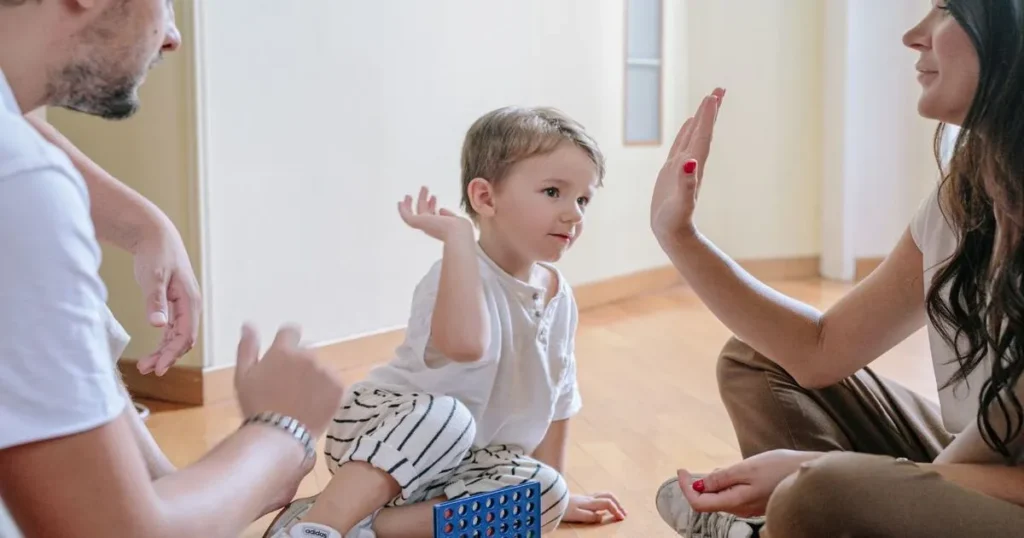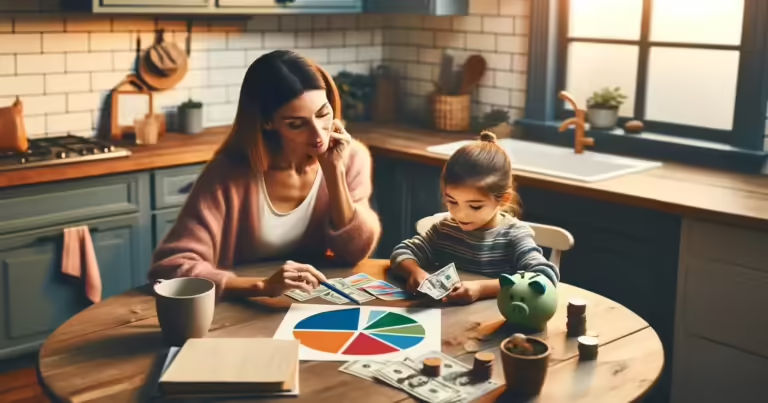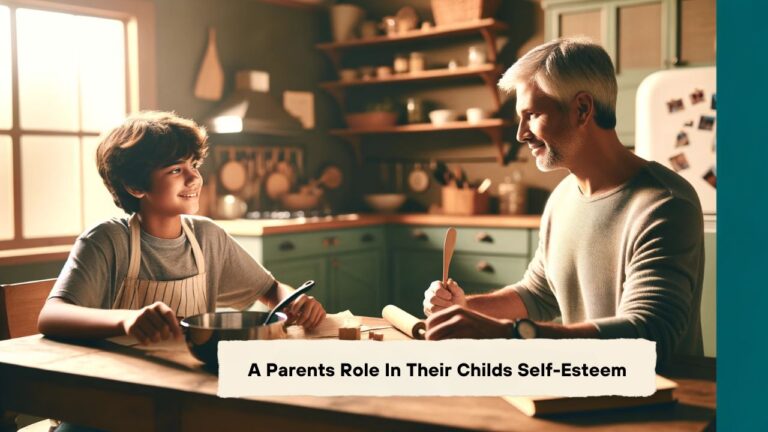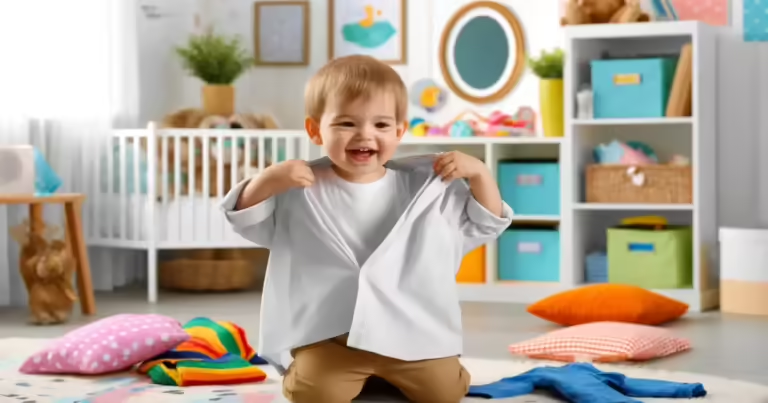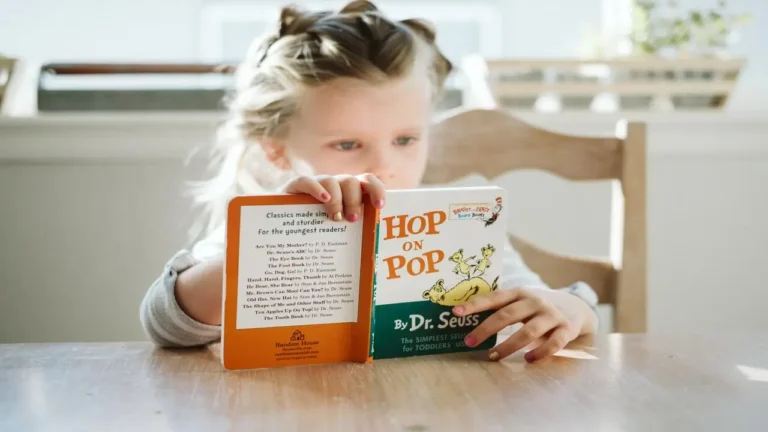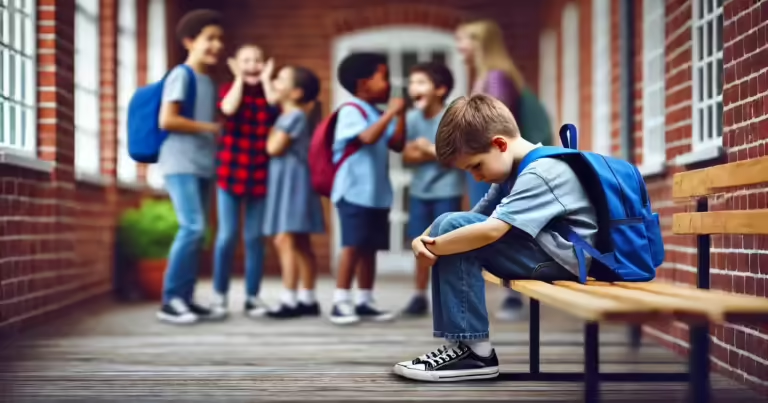Conscious Discipline: What It Is and What It Is Not, Simplified!
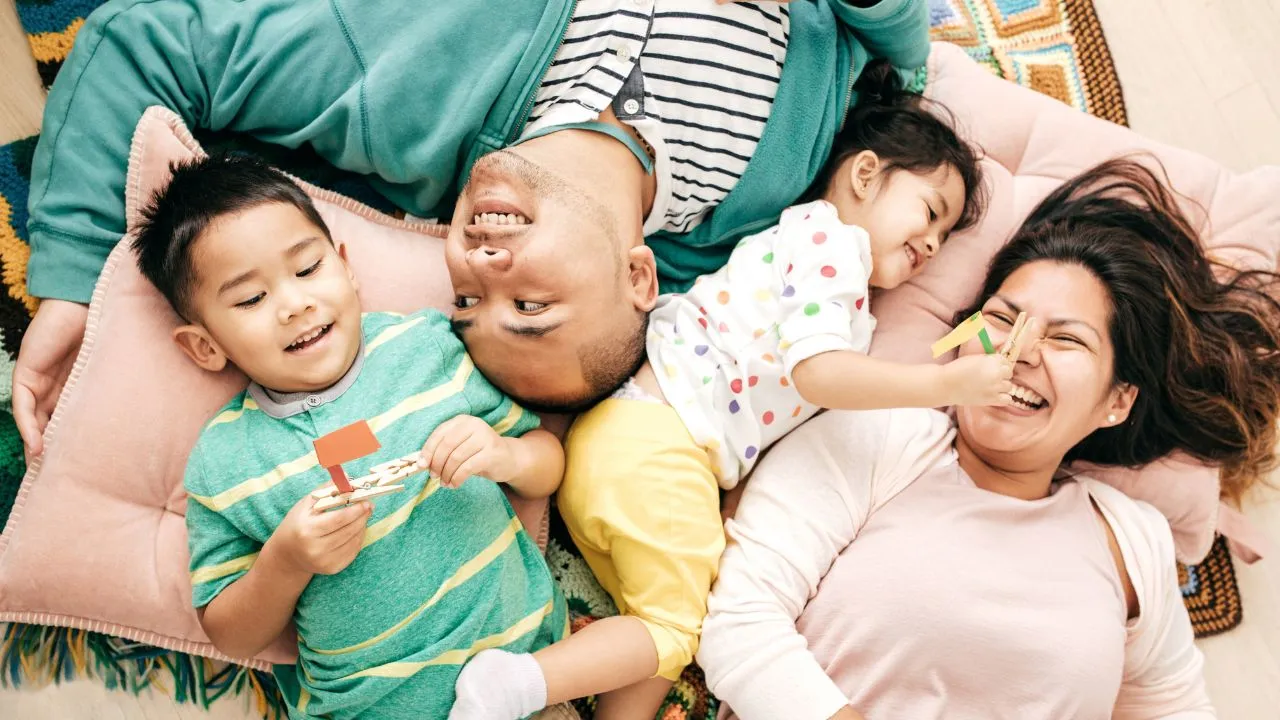
Imagine a world where discipline is not a punitive measure, but a gateway to deeper understanding and connection. In my years of studying human psychology and observing child development, I’ve found that this is not a utopian dream. It’s possible through the practice of conscious discipline.
Unlike traditional approaches that often involve punishment and negative reinforcement, conscious discipline is a transformative framework. It centers around emotional intelligence, self-regulation, and a problem-solving approach to behavioral challenges.
I recall an enlightening episode where I witnessed a child in the middle of a temper tantrum in a grocery store. The mother’s initial reaction was one of embarrassment and frustration. She was ready to scold the child, a common reflex many parents and caregivers resort to.
However, she took a deep breath and chose a different course. She knelt to the child’s level, looked him in the eyes, and calmly asked, “What are you feeling right now?” This simple but conscious intervention transformed a volatile situation into a teachable moment for both of them. Emotional intelligence was the winner here, not authoritarian control.
So, I pose this intriguing question: What if discipline could be an enlightening journey for both the child and the adult? What if it’s the key to fostering social-emotional skills that last a lifetime?
Stay with me as we delve into this profound yet practical approach to discipline, drawing upon principles that help children and adults alike thrive in today’s complex world.
What Is Conscious Discipline
Conscious discipline is not a mere methodology; it’s a philosophy, a lens through which we can view both the self and the other. Intrigued? You should be. Let’s begin by unpacking the psychological underpinnings that make conscious discipline a transformative experience.
The Psychological Backbone
In my experience, the essence of this approach to discipline is deeply rooted in core psychological principles such as emotional intelligence and self-regulation. These aren’t just buzzwords; they’re the building blocks for developing resilient, compassionate individuals.
This isn’t about punishment; it’s about understanding the brain states that lead us to react rather than respond. And when we understand, we are empowered to change.
Eastern Philosophy Meets Modern Psychology
There’s an ancient wisdom that has long understood what modern psychology is only now recognizing. The Eastern philosophies of mindfulness and non-attachment offer invaluable insights into the practice of conscious discipline. Ever heard the saying,
“The stillness of the pond reflects the beauty of the moon?” This Eastern proverb encapsulates the state of calm and presence needed for true discipline to occur. It’s not about controlling the child; it’s about controlling the environment within yourself, setting the stage for natural consequences to unfold.
A Guiding Light
To echo a statement that has deeply resonated with me: “When you parent, it’s crucial you realize you aren’t raising a ‘mini-me,’ but a spirit throbbing with its signature.” These words encapsulate the essence of conscious discipline. It’s not about creating a mini-version of oneself but allowing the space for a unique spirit to thrive.
So, let’s ponder together: What if the principles of conscious discipline were not just techniques but life lessons, illuminating our path and enriching our interactions with others?
Feel enticed? Good, because we’re just scratching the surface. Join me as we dive deeper into this enriching domain, a realm where parents, caregivers, and educators become not just guides but lifelong learners themselves.
The slippery slope of traditional discipline. It beckons us with the promise of quick fixes, only to leave us entangled in a web of recurring negative behavior and strained relationships. Let’s dissect why the methods many of us grew up with often miss the mark.
Why Traditional Discipline Often Fails
The Illusion of Control
You see, traditional discipline places its bets on punitive measures. The belief here is simple: instill fear, and you’ll instill obedience. But ask yourself, has fear ever invited meaningful, lasting change? I’ve seen time and again how this approach merely suppresses the child’s emotions, pushing them into a fight-or-flight response. And let’s be candid, a child in this emotional state is not receptive to learning opportunities.
The Cycle of Negative Behavior
Picture this: A parent notices their child throwing a fit because they can’t have ice cream before dinner. The parent’s immediate reaction? Send the child to their room, no questions asked. Now, what has the child learned? Not the value of healthy eating, but rather that their emotions are a trigger for isolation. This is how traditional discipline methods perpetuate negative behavior.
The Disconnect Between Parent and Child
When parents choose to use punitive methods, an invisible wall goes up. It’s as if you’re saying, “I am the authority; your job is to obey.” This dynamic doesn’t just hinder the child’s social-emotional learning; it diminishes the parent’s ability to connect with their children.
A Glimpse of a Different Path
Reflecting on a profound insight that I’ve come across: “True transformation occurs in the absence of judgment.” Traditional discipline is steeped in judgment and consequence, leaving little room for empathy or understanding.
So, could it be that the very discipline strategies we thought would maintain order are the ones creating chaos? What if the key to discipline for children is not to control them, but to empower them?
Stay with me, because the landscape of discipline is far more expansive and enriching than you’ve been led to believe. And we’re about to traverse it together.
The heart of the matter is what I affectionately refer to as the “Four Pillars of Conscious Discipline.” As we traverse this transformative landscape, these pillars act as our compass, guiding us toward a more intentional, enriching interaction with our young ones.
The Four Pillars of Conscious Discipline
Self-Awareness
The first pillar is self-awareness, the cornerstone upon which all other elements rest. When was the last time you stopped to consider your emotional state during a heated moment with your child? It’s not just about recognizing your feelings; it’s about understanding how those emotions drive your reactions. Conscious discipline teaches us to be the masters of our inner world and to pivot from reactivity to intentional action.
Emotional Regulation
The second pillar, emotional regulation, naturally follows. You see, the goal of conscious discipline is not to suppress emotions but to navigate them, to find that delicate balance. Parents and caregivers who master emotional regulation model this skill, creating a safe space for children to explore their own complex emotions. By doing so, we guide our children towards the natural consequence of self-control, rather than imposing it externally.
Empathy
The third pillar is empathy, the soul of conscious parenting. It’s one thing to understand your child’s feelings; it’s another to feel with them. This is where the magic happens, in those hushed moments when you connect with your child’s inner world. Can you see how empathy moves the child from a fight-or-flight response to a more receptive state?
Effective Communication
Lastly, we arrive at effective communication, the culmination of our journey. It’s more than the words we speak; it’s how we convey them. It’s the tone, the body language, the subtle cues that say, “I am here with you, not against you.” This is the part of parenting that turns everyday challenges into teachable moments.
So, what if mastering these four pillars could not only transform your approach to discipline but also redefine your entire parenting journey? What if these weren’t just skills for your child but free resources for a lifetime?
Intrigued? You should be. Because we’re about to dive even deeper, exploring how to practically implement these principles of conscious discipline in your day-to-day life. Stay with me; the adventure has just begun.
Conscious Discipline Techniques
Conscious Discipline is an innovative approach to behavior management that emphasizes empathy, connection, and problem-solving. It’s designed to help children develop self-regulation skills and emotional intelligence in a supportive environment.
Here’s a guide to some key techniques and how you can implement them in your home or classroom.
Key Components of Conscious Discipline
Practical Applications
Benefits of Conscious Discipline
By incorporating Conscious Discipline techniques, parents and educators can create a nurturing environment that supports children’s emotional and social development, setting the foundation for a lifetime of healthy relationships and effective self-regulation
The Role of Parents, Caregivers, and Teachers
Parents: The First Instructors
Let’s be candid; parenting is where the rubber meets the road. It’s in the home that children first learn to navigate their emotional states. Parents, you are your child’s first “master instructor” in the art of conscious discipline. So, ask yourself, are you modeling the behavior you wish to see?
Remember, discipline takes on a new dimension when parents use it as a tool to connect, rather than control. You have the power to create a safe place where your child feels seen and heard.
Caregivers: The Extended Circle
If parents are the first instructors, caregivers represent the extended circle of influence. You hold a unique position to reinforce the skills and structures that have been initiated at home. Whether you’re a grandparent, an aunt, a nanny, or a family friend, your role is pivotal. Your task is to create a consistent environment where children feel secure enough to explore and self-regulate.
Teachers: The Architects of Social-Emotional Learning
Teachers, you are the architects of the next frontier; social-emotional learning. Your classroom is more than just a physical space; it’s a crucible for implementing conscious discipline and nurturing the child’s emotional intelligence.
If you think about it, the classroom is a microcosm of the world at large. The skills children develop here extend far beyond the school walls. So, how do you take this evidence-based approach and integrate it into your curriculum? Start by setting the emotional tone of the classroom. Your emotional state sets the stage for the children’s behavior.
Actionable Steps for All
So, have you ever pondered the impact you could make by shifting your approach to discipline? What would happen if every parent, caregiver, and teacher became a catalyst for change, fostering environments where both kids and adults can thrive?
We’re about to dive into that, exploring the strategies and components of conscious discipline that make it more than just an evidence-based approach—it’s a lifestyle.
I’ve often marveled at the complexity of human interactions, especially in the realm of discipline. While we’ve explored the intricate fabric of conscious discipline, it’s time to narrow our focus to one approach that has had a profound impact on this sphere. Let’s call it an approach that serves as a living case study, a testament to what’s achievable when we shift our perspective.
An Evidence-Based Discipline Approach
The Essence of the Approach
This particular approach, which we’ll refer to as the “Unspoken Paradigm,” operates on a radical premise: that the child is not a ‘tabula rasa,’ a blank slate, but a soul bursting with its signature. It invites us to shift from an ego-centric to a soul-centric approach to discipline.
Imagine, if you will, viewing discipline not as a tool to mold your child into what you want them to be, but as a path to uncover who they already are. Intriguing, isn’t it?
The Pragmatic Application
How do we move this from the realm of philosophy into the tactile world of everyday parenting and caregiving? Let’s delve into the nuts and bolts.
The Ripple Effect
When this approach is implemented, something extraordinary happens: discipline ceases to be a power struggle and becomes a collaborative dance. This is a discipline that works. The child develops the ability to self-regulate, and the parent or caregiver experiences a radical shift in their emotional state. It’s a win-win, rooted in evidence-based practices that validate its efficacy.
So, what if this approach were not just an alternative but the future of discipline? What if we have been looking at discipline all wrong, and this is our chance for a collective course correction?
Let’s continue this exploration because the story of discipline is far from over—it’s just beginning to unfold in its most authentic form. Shall we?
The classroom; is a microcosm of society where the seedlings of conscious discipline can flourish or wither. As teachers, you hold the chalice of change, the chance to pivot from a traditional approach to a transformative one. Can you fathom the ripple effects such a shift could generate?
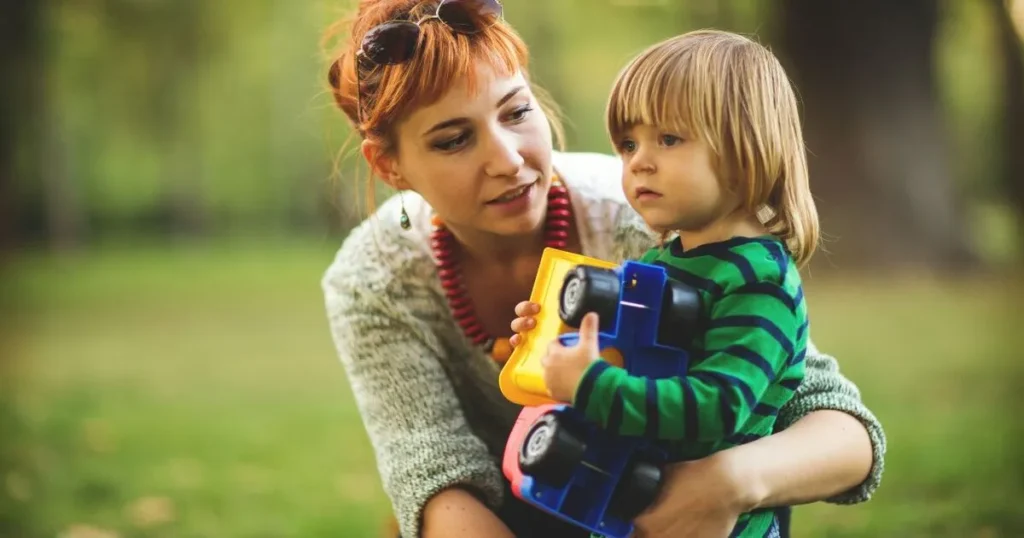
The Journey to a Conscious Classroom
The Steps to Transformation
| Features | Traditional Classroom | Conscious Classroom |
|---|---|---|
| Approach to Discipline | Punitive | Problem-Solving |
| Emotional Climate | Reactive | Responsive |
| Student Participation | Limited | Actively Encouraged |
| Teacher’s Role | Authority Figure | Facilitator & Emotional Guide |
| Conflict Resolution | Teacher-Driven | Student-Involved |
| Learning Outcomes | Academic Skills | Academic + Social-Emotional Skills |
| Community Building | Seldom | Regularly Integrated |
So, what will it be? Will you remain ensconced in the age-old paradigms, or will you become the architect of a conscious classroom, the master instructor who understands that emotional intelligence is as crucial as academic prowess? The ball is in your court, and the future—well, it’s in your hands. Are you ready to mold it?
Conscious Discipline in the Digital Age (Screens)
The Double-Edged Sword of Technology
Ah, the digital age. A landscape teeming with paradoxes. I find it fascinating how technology, designed to connect us, often becomes a chasm separating us from our inner worlds and those we love. How does conscious discipline find its place in a world where our eyes are glued to screens, and emojis often replace genuine emotional exchanges?
The Challenges: Virtual Realms, Real Emotions
The Opportunities: Harnessing Technology
Tips for Conscious Parenting in The Digital World
So, as we traverse this digital terrain, why not use it as yet another canvas to paint our conscious discipline masterpiece? After all, the digital realm is a part of our world, a component of the environment where conscious discipline takes root and flourishes. Are we willing to be the architects of change, even in the pixelated corners of our lives?
Takeaway: Conscious Discipline as a Life Philosophy
As we reach the end of this soulful exploration, it’s crucial to understand that conscious discipline is more than a set of guidelines or a parenting manual. I see it as a transformative lens through which we perceive our interactions with our children and ourselves. It doesn’t just alter situations; it alters us.
It’s Not Just About the Child; It’s About Us Too
Throughout my years of research and introspection, I’ve discovered that the beauty of conscious discipline lies in its reciprocity. When we help our children self-regulate, we learn to control our own emotions. When we teach them to be empathetic, we become better listeners and more compassionate individuals. Isn’t that the true essence of growth and development?
The Ripple Effect
Conscious discipline doesn’t just stop at the individual level. It reverberates through families, communities, and even generations. When parents and educators are receptive to this approach, children feel empowered and secure. This leads to healthier relationships and, ultimately, a more harmonious environment.
The Mindset That Changes Everything
Conscious discipline isn’t just a method; it’s a mindset. A mindset that can transform your relationships and create a harmonious environment. It serves as a gentle reminder that each interaction offers a potential learning opportunity for both child and adult.
Your Next Steps
If this resonates with you, I implore you to take action. Don’t just read about it; live it. Implementing conscious discipline in your daily life is an ongoing journey, not a destination. But it’s a journey well worth taking.
As we part ways, remember this: Conscious discipline is an invitation to a richer, more fulfilling life. Are you ready to accept it?


